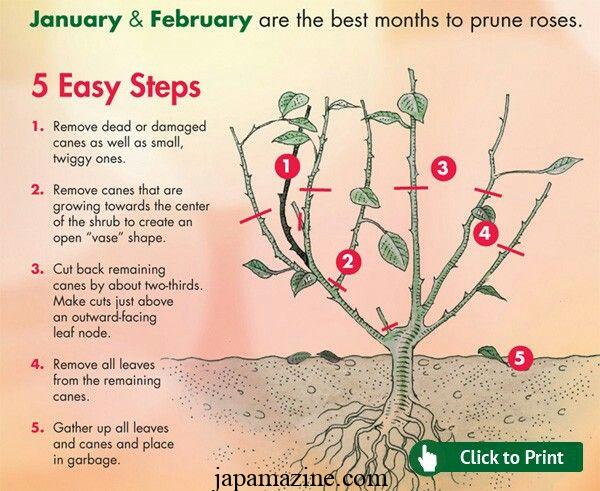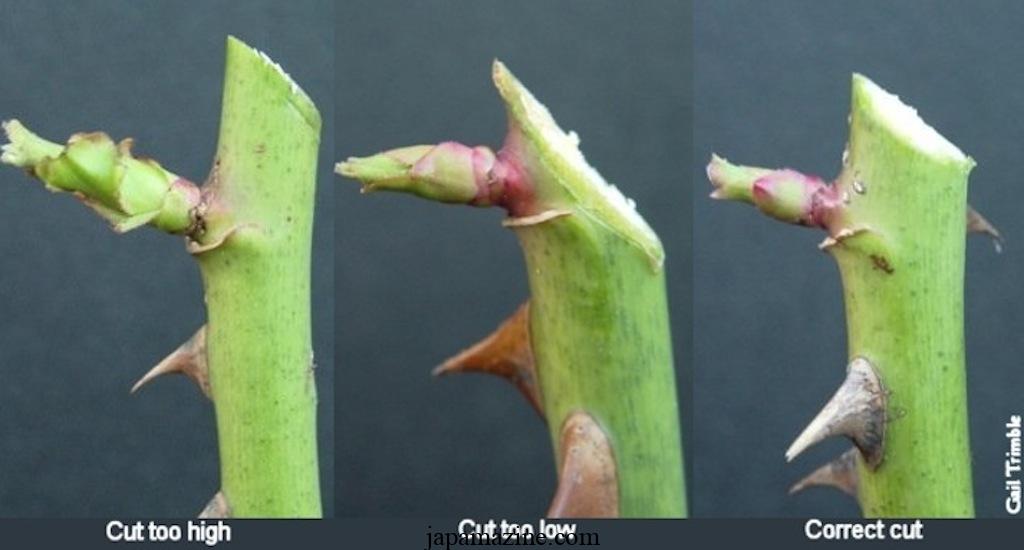
When to cut back roses: Pruning advice for timing and technique
When to Cut Back Roses: Pruning Advice for Timing and Technique Pruning your rose bushes is a critical task to maintain the health and beauty of these beloved flowering plants. Roses, with their vibrant blooms and delightful fragrances, are a favorite in many gardens. To ensure your roses continue to thrive and flourish, it’s essential […]
When to Cut Back Roses: Pruning Advice for Timing and Technique
Pruning your rose bushes is a critical task to maintain the health and beauty of these beloved flowering plants. Roses, with their vibrant blooms and delightful fragrances, are a favorite in many gardens. To ensure your roses continue to thrive and flourish, it’s essential to know when and how to prune them effectively. In this comprehensive guide, we will provide you with expert advice on the timing and techniques of rose pruning.
Why Pruning Roses is Important

Before delving into the specifics of when and how to prune your roses, let’s understand the importance of this horticultural practice. Pruning serves several crucial purposes in the care of your rose bushes.
- Promotes Growth and Bloom: Pruning encourages new growth, which leads to more prolific blooming. By removing dead or spent canes, you allow the plant to divert its energy into producing fresh, vibrant flowers.
- Enhances Air Circulation: Proper pruning helps improve air circulation within the rose bush, reducing the risk of fungal diseases. Improved airflow also helps the leaves dry quickly after rain, preventing issues like black spot and powdery mildew.
- Shapes and Controls Growth: Pruning allows you to shape your rose bushes, controlling their size and structure. This is particularly important for hybrid tea roses and shrub roses.
- Eliminates Diseased or Weak Growth: Regular pruning allows you to remove diseased, dead, or weak canes, preventing the spread of disease and ensuring the overall health of the plant.
When to Prune Your Roses

Timing is crucial when it comes to pruning your roses. The ideal time for pruning depends on your climate and the type of rose you’re caring for. Here are some general guidelines to help you determine when to prune:
Spring Pruning
Early Spring: This is the most common time to prune roses. In colder climates, you should prune in early spring, just before the new growth starts. Wait until the last frost date has passed, but the buds haven’t fully broken yet. This way, you can remove dead or damaged canes and shape the bush for the upcoming growing season.
Late Spring: In warmer regions, where the threat of frost is minimal, late spring pruning can be done when the roses are just beginning to bloom. This approach allows you to see which canes are still viable and which ones should be removed.
Summer Pruning
Deadheading: Throughout the summer, regularly deadhead your roses by removing spent blooms. This encourages the plant to produce more flowers. Deadheading can be done anytime you see faded blossoms.
Fall Pruning
Late Fall: If you live in an area with mild winters, you can perform some light pruning in late fall. Remove any dead or diseased canes and reduce the overall size of the bush. However, avoid heavy pruning in the fall, as it can stimulate new growth that may not have enough time to harden before winter.
How to Prune Your Roses

Now that you know when to prune your roses, let’s discuss the techniques involved in this process.
Tools and Safety
Before you begin pruning, make sure you have the right tools: sharp pruning shears, loppers, and protective gloves. Safety is essential, as rose bushes are often armed with thorns.
Basic Pruning Steps
- Remove Dead or Diseased Canes: Start by cutting away any canes that appear dead or diseased. Make clean cuts at a 45-degree angle, about a quarter-inch above an outward-facing bud eye.
- Thin Out Weak Growth: Identify any weak or spindly canes and remove them. The goal is to maintain a healthy, open center for the rose bush.
- Shape the Bush: Trim the remaining canes to shape the bush. For hybrid tea roses, aim for an open vase-like shape. For shrub roses, maintain their natural form while removing crossing branches.
- Adjust Height: Cut the canes to the desired height, typically between 18 to 24 inches for most rose varieties. This encourages strong new growth.
- Clean Up: Collect and dispose of the pruned material, especially any diseased canes, to prevent the spread of diseases.
Frequently Asked Questions (FAQ)

Q1. Can I prune my roses in the winter?
A1. Winter pruning is generally not recommended, as it can stimulate new growth that may be damaged by frost. It’s best to wait until early to late spring, depending on your climate.
Q2. How often should I prune my roses?
A2. Pruning should be done annually in the early to late spring. Deadheading throughout the summer is also important to encourage continuous blooming.
Q3. What should I do if my roses are overgrown?
A3. If your roses have become overgrown, you can perform more extensive pruning to bring them back under control. However, it’s best to do this in stages over a couple of years to avoid shocking the plant.
Q4. Do all rose varieties require the same pruning techniques?
A4. Different rose varieties may have specific pruning requirements. Hybrid tea roses and shrub roses, for example, are pruned differently. Always consider the specific needs of your rose variety when pruning.
Q5. Can I use the pruned rose canes for propagation?
A5. Yes, you can use healthy, disease-free rose canes for propagation. Take cuttings of the canes and follow proper propagation techniques to grow new rose bushes.
In conclusion, knowing when and how to prune your roses is crucial for maintaining their health, beauty, and longevity. By following the timing and techniques outlined in this guide, you’ll be well-equipped to keep your roses flourishing year after year. Happy pruning, and enjoy a garden full of vibrant, fragrant blooms!
tag
- chicken feed
- how to Keep Chickens Off Your Porch
- How to grow oyster mushrooms at home
- Growing Kale in Pots









